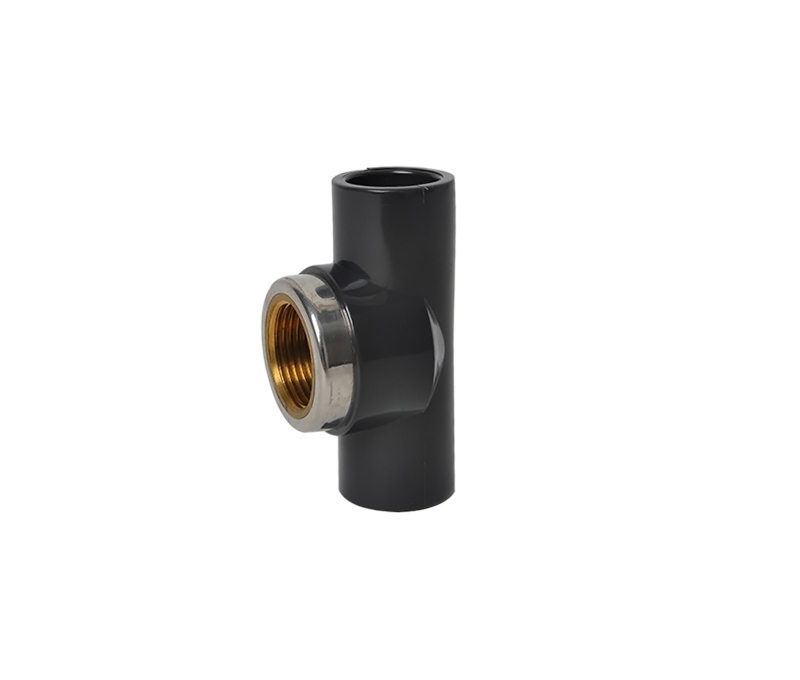1. Ball valve selection instructions
Ball valves are suitable for low temperature, high pressure, and high viscosity media. Most ball valves can be used in media with suspended solid particles, and can also be used in powder and granular media according to the sealing material requirements;
The full-channel ball valve is not suitable for flow adjustment, but it is suitable for occasions that require fast opening and closing, which is convenient for emergency shutdown of accidents; usually in strict sealing performance, wear, necking passage, rapid opening and closing action, high pressure cut-off (large pressure difference), In pipelines with low noise, vaporization, small operating torque and low fluid resistance, ball valves are recommended.
The ball valve is suitable for light structure, low pressure cut-off, and corrosive media; the ball valve is also an ideal valve for low temperature and cryogenic media. For low temperature media piping systems and devices, low temperature ball valves with bonnet should be selected;
When selecting a floating ball valve, its seat material should bear the load of the ball and the working medium. Large-diameter ball valves require greater force during operation. For ball valves with DN≥200mm, worm gear transmission should be used; fixed ball valves are suitable for larger diameters And high pressure occasions; In addition, the ball valve used in the process of highly toxic materials and combustible medium pipelines should have a fireproof and antistatic structure.


2. Check valve selection instructions
Check valves are generally suitable for clean media, not for media containing solid particles and high viscosity. When ≤40mm, lift check valve should be used (only allowed to be installed on horizontal pipeline); when DN=50~400mm, swing lift check valve should be used (can be installed on both horizontal and vertical pipelines, such as Installed on a vertical pipeline, the flow direction of the medium should be from bottom to top);
When DN≥450mm, buffer check valve should be used; when DN=100~400mm, wafer check valve can also be used; swing check valve can be made into very high working pressure, PN can reach 42MPa, It can be applied to any working medium and any working temperature range according to the different materials of the shell and seals.
The medium is water, steam, gas, corrosive medium, oil, medicine, etc. The working temperature range of the medium is between -196~800℃.
3. Instructions for selection of globe valve
The stop valve is suitable for pipelines that do not require strict fluid resistance, that is, the pressure loss is not considered, and the pipelines or devices of high temperature and high pressure medium are suitable for medium pipelines such as steam with DN<200mm;
The stop valve has flow adjustment or pressure adjustment, but the adjustment accuracy is not high, and the pipe diameter is relatively small, it is better to use a stop valve or a throttle valve;
For highly toxic media, a bellows-sealed globe valve should be used; however, the globe valve should not be used for media with high viscosity and media containing particles that are easy to precipitate, nor should it be used as a vent valve or low vacuum system valve.
4. Diaphragm valve selection instructions
Diaphragm valve is suitable for oil, water, acid medium and medium containing suspended solids whose working temperature is less than 200℃ and pressure is less than 1.0MPa. It is not suitable for organic solvent and strong oxidant medium;
Weir diaphragm valves should be selected for abrasive granular media, and the flow characteristics of weir diaphragm valves should be referred to in the selection of weir diaphragm valves; straight-through diaphragm valves should be selected for viscous fluid, cement slurry and sedimentary media; except for specific requirements, diaphragm valves are not suitable for vacuum pipes Road and vacuum equipment.
5. Butterfly valve selection instructions
Butterfly valve is suitable for large diameter (such as DN﹥600mm) and short structure length, as well as occasions where flow adjustment and fast opening and closing are required. Generally used for water, oil and compression with temperature ≤80℃ and pressure ≤1.0MPa Air and other media; because the pressure loss of butterfly valves is relatively large compared with gate valves and ball valves, butterfly valves are suitable for piping systems with less stringent pressure loss requirements.